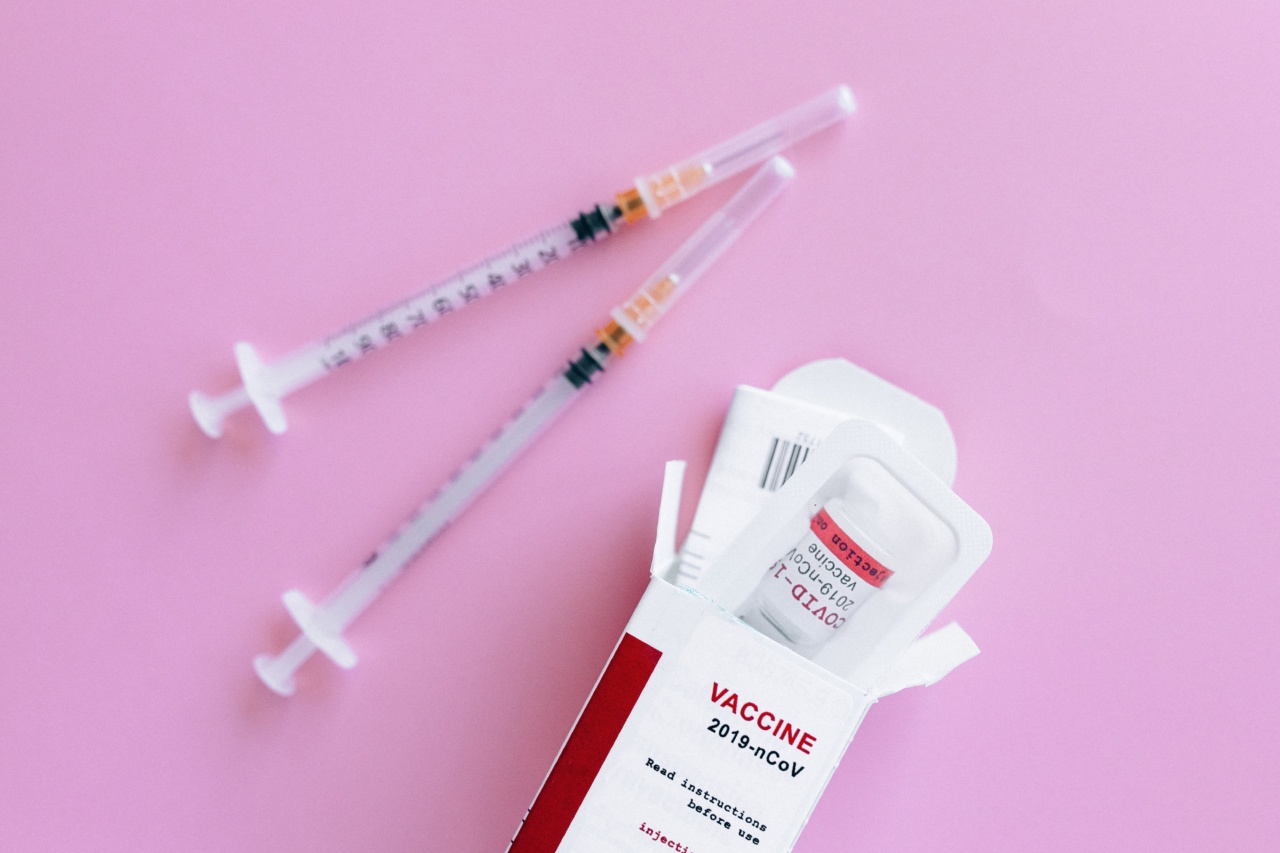Asthma is a chronic respiratory condition that affects millions of people all over the world, with symptoms ranging from chest tightness, wheezing, coughing, and shortness of breath.
According to the World Health Organization (WHO), asthma affects 235 million people worldwide, and in 2016 alone, it claimed 417,918 lives.
Currently, there is no known cure for asthma, and the goal of treatment is to control the symptoms and prevent future exacerbations.
However, traditional asthma treatments such as inhaled corticosteroids and bronchodilators are often not enough for patients with severe asthma. These patients require more advanced therapies to manage their condition.
What is Severe Asthma?
Severe asthma is a type of asthma that does not respond well to standard asthma treatments. It is characterized by persistent symptoms, frequent asthma attacks, and poor lung function that affects daily activities.
People with severe asthma often have more severe respiratory symptoms that are often resistant to conventional treatments, making them more likely to require emergency medical care.
Biologic Therapy
Biologic therapy refers to medications developed from living organisms such as bacteria, viruses, or plants. It can be an innovative treatment approach for patients with severe asthma who do not respond well to conventional treatments.
Biologic treatments come in the form of injections or infusions, and they work by targeting a specific type of immune cell or molecule that is causing inflammation in the airways.
Omalizumab is a biologic drug used to treat severe asthma that is not controlled by inhaled corticosteroids. It is given by injection every 2-4 weeks and works by blocking IgE, an antibody that triggers asthma symptoms.
Mepolizumab and benralizumab are other biologic therapies used to treat asthma. They target eosinophils, a type of immune cell that plays a significant role in airway inflammation.
Bronchial Thermoplasty
Bronchial thermoplasty is a non-drug treatment option for severe asthma that involves the use of radiofrequency energy to reduce the amount of smooth muscle in the airway walls.
It is performed under sedation using a bronchoscope, a thin flexible tube inserted into the airway.
The procedure is done in three separate treatments, with each treatment taking about an hour to complete. It is not painful, but patients may experience coughing and wheezing during the procedure.
Studies have shown that bronchial thermoplasty can improve lung function and quality of life for people with severe asthma.
Airway Stents
Airway stents are small tubes that are inserted into the lungs to keep the airways open and improve breathing for people with severe asthma.
They are typically used in patients who have chronic obstructive pulmonary disease (COPD) or lung cancer, but studies have shown that they may also be helpful in patients with severe asthma.
The procedure involves the insertion of a stent into the airway using a bronchoscope. The stent stays in the airway permanently and helps keep the airway open, reducing the risk of asthma attacks and improving breathing.
While airway stents are not suitable for all patients with severe asthma, they can be an alternative treatment option for those who do not respond well to other therapies.
Conclusion
Although there is no cure for asthma, there are many treatment options available that can help control the symptoms and improve the quality of life for people with severe asthma.
Biologic therapies, bronchial thermoplasty, and airway stents are just a few of the innovative treatments that are helping patients with severe asthma achieve better control of their condition and lead more fulfilling lives.






























